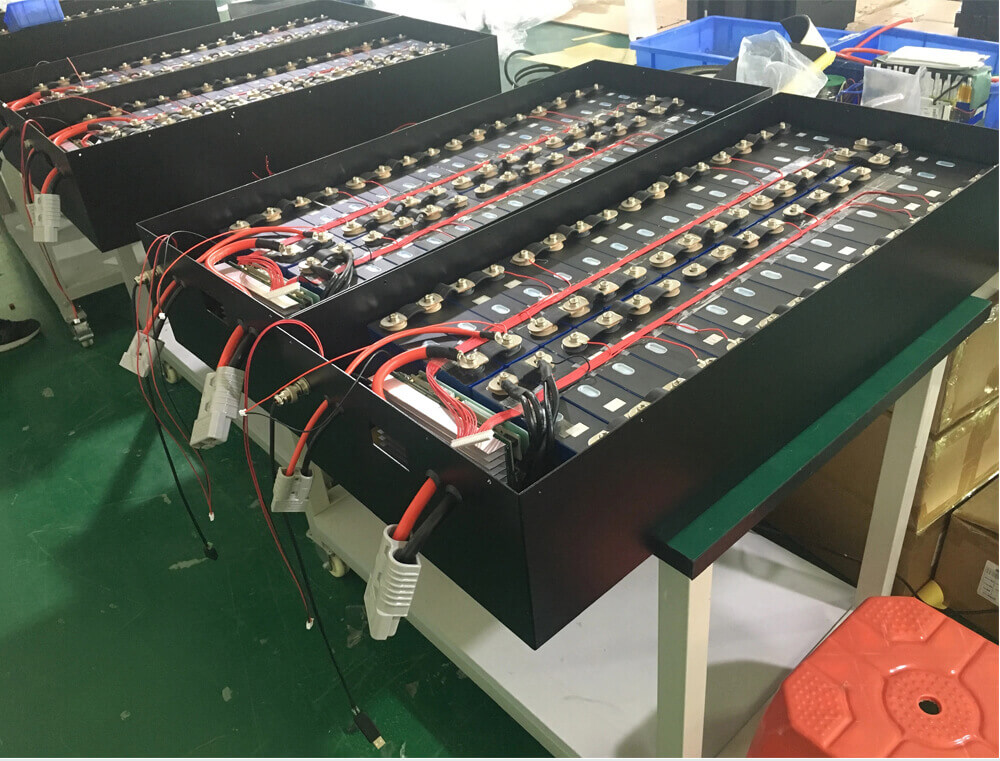- 08
- Dec
Kev txhais cov roj teeb lub zog cia
Flow roj teeb lub zog cia technology
Flow battery is generally an electrochemical energy storage device. Through the oxidation-reduction reaction of liquid active materials, the conversion of electrical energy and chemical energy is ended, thereby ending the storage and release of electrical energy. Because of its outstanding advantages such as independent power and capacity, deep charge and discharge depth, and good safety, it has become one of the best choices in the field of energy storage.

Txij li thaum lub roj teeb ua kua tau tsim nyob rau xyoo 1970, nws tau dhau los ntawm ntau tshaj 100 txoj haujlwm, los ntawm chav kuaj mus rau lub tuam txhab, los ntawm cov qauv mus rau cov khoom lag luam, los ntawm kev ua qauv qhia mus rau kev ua lag luam, los ntawm me mus rau loj, los ntawm ib leeg mus rau universal.
The installed capacity of vanadium flow battery is 35mw, which is currently the most widely used flow battery. Dalian Rongke Energy Storage Technology Co., Ltd. (hereinafter referred to as Rongke Energy Storage), funded by the Dalian Institute of Chemical Physics, Chinese Academy of Sciences, cooperated with the Dalian Institute of Chemical Physics to complete the localization and planned production of key materials for all-vanadium redox flow batteries. At the same time, the electrolyte products are exported to Japan, South Korea, the United States, Germany, the United Kingdom and other countries. The high selectivity, high durability and low cost of non-fluorine ion conductive membrane are better than perfluorosulfonic acid ion exchange membranes, and the price is only 10% of all vanadium flow batteries, which truly breaks through the cost bottleneck of all vanadium flow batteries.
Los ntawm kev txhim kho cov txheej txheem thiab kev siv cov ntaub ntawv tshiab, qhov kev khiav hauj lwm tam sim no ntxiv ntawm tag nrho-vanadium ntws roj teeb reactor tau raug txo los ntawm qhov qub 80 mA mus rau qhov siab tshaj C / C㎡ 120 mA / ㎡ thaum tuav tib txoj haujlwm. Tus nqi ntawm lub reactor tau raug txo los ntawm ze li ntawm 30%. Cov txheej txheem ib pawg yog 32kw, uas tau raug xa tawm mus rau Tebchaws Meskas thiab Lub Tebchaws Yelemees. Nyob rau lub Tsib Hlis 2013, lub ntiaj teb loj tshaj plaws 5 MW / 10 MWH vanadium ntws roj teeb lub zog cia qhov system tau ntse txuas nrog rau kab sib chaws ntawm Guodian Longyuan 50mw cua ua liaj ua teb. Tom qab ntawd, 3mw / 6mwh cua zog daim phiaj-txuas nrog lub zog cia qhov project, thiab Guodian thiab cua zog 2mw / 4mwh lub zog cia cov dej num tau raug coj los siv hauv Jinzhou, uas tseem yog cov xwm txheej tseem ceeb hauv kuv lub teb chaws txoj kev tshawb nrhiav lub zog cia ua lag luam qauv.
Another leader in vanadium flow batteries is Japan’s sumitomoelectric. The company restarted its mobile battery business in 2010 and will complete a 15MW/60MW/hr vanadium mobile battery plant in 2015 to cope with the peak load and power quality pressure brought by the merger of large-scale solar plants in Hokkaido. The successful implementation of this project will be another milestone in the field of vanadium flow batteries. In 2014, with the support of the U.S. Energy and Clean Fund, the U.S. UniEnergy Technologies LLC (UET) established a 3mw/10mw full-flow vanadium battery energy storage system in Washington. UET will use its mixed acid electrolyte technology for the first time to increase the energy density by about 40%, expand the temperature window and voltage range of all vanadium flow batteries, and reduce thermal management energy consumption.
Tam sim no, lub zog hluav taws xob thiab kev ntseeg siab ntawm cov roj teeb lithium zoo, thiab txo lawv cov nqi yog cov teeb meem tseem ceeb hauv kev npaj ntawm kev siv dav ntawm cov roj teeb zoo. Cov thev naus laus zis tseem ceeb yog los tsim cov khoom siv roj teeb ua tau zoo, txhim kho cov qauv roj teeb kom zoo, thiab txo cov roj teeb sab hauv. Tsis ntev los no, Zhang Huamin cov kev tshawb fawb pab pawg tau tsim cov roj teeb tag nrho-vanadium redox flow nrog ib lub roj teeb them thiab tawm lub zog hluav taws xob. Kev ua haujlwm tam sim no yog 80ma / C square meter, uas tau mus txog 81% thiab 93% ob peb xyoos dhau los, uas ua pov thawj tag nrho nws qhov dav. Qhov chaw thiab kev cia siab.
